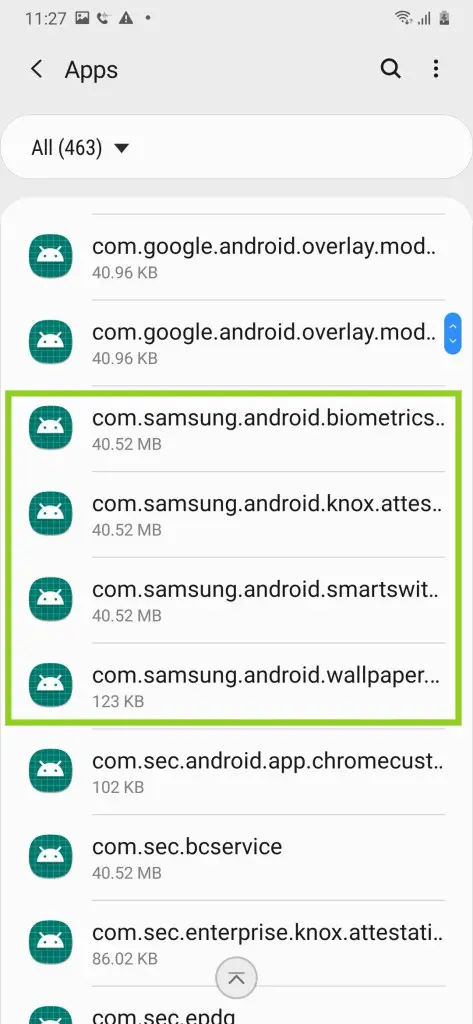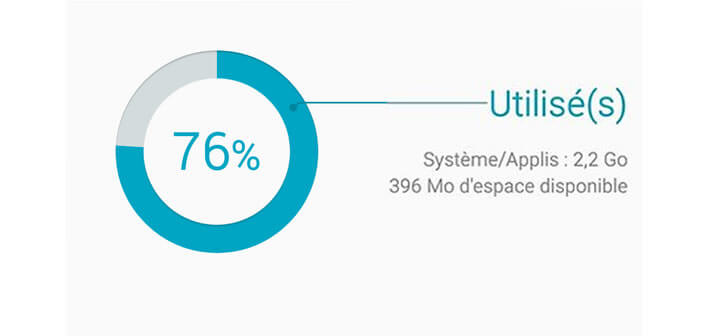

- #Samsung quit all apps how to#
- #Samsung quit all apps install#
- #Samsung quit all apps manual#
- #Samsung quit all apps code#
- #Samsung quit all apps download#
#Samsung quit all apps how to#
Find out how to check your device's operating system. Step 4: If you want to stop a core application, then tap the Show system apps switch to the right. Step 3: Tap the filter icon to the right. Note that larger developers may offer a 'lite' version of the app for older or lower-storage devices. Here’s how: Step 1: Pull up the App drawer and tap the Settings icon.
#Samsung quit all apps install#
If you try to install an app that requires a higher operating system than your device, you may not be able to install it or the app may not work effectively if you can. If you have an older device, you will not be able to install apps that need a later operating system or other minimum specifications to work. Bigger and more complex apps will usually need a higher level of operating system in order to run effectively.
#Samsung quit all apps download#
If you do download an app from a third-party site, ensure that it is only from a reputable and secure source.Īpp minimum requirements and specificationsĭifferent apps have different minimum requirements to run. If you download an app that is from an unknown source, you will be prompted to allow unknown apps to be installed in your settings. Your Samsung device does not allow automatic download of apps from unknown sources. Old habits die hard, but letting iOS or iPadOS do its job by regulating your device’s memory and battery resources should be a no-brainer.For security reasons, we recommend that you download apps from a secure and trusted app store like Galaxy Apps or the Play Store on your Samsung device. Relaunching them from the app switcher is much faster since apps should be easier to find. Not quitting apps also saves you the time of hunting them down for relaunch, especially if they reside in nested folders. Force quitting requires the device to reload the app the next time you launch it, so for frequently used apps, force quitting and relaunching are detrimental.
#Samsung quit all apps code#
Swiping to close it deletes that saved state and purges the app’s code from the device’s RAM, which also uses processor cycles and will drain the battery if you do it habitually. When you tap it again, the app reopens to exactly where you left it.


That snapshot gets saved to the device’s storage, which takes up a minuscule amount of memory. When you move out of an app, iOS takes a snapshot of the app’s state and the operation you’re performing within the app.

Force quitting defeats that conservation purpose by preventing iOS from lowering CPU and memory usage, because a fresh launch consumes more power. The operating system devotes the majority of system resources to the app you are currently running and perhaps a couple of others that you used most recently, so if you return shortly, your device does not have to expend resources to relaunch. If you force quit one of these apps, though, it may not get permission to relaunch. You can also go to Settings > General > Background App Refresh and choose which apps get permission to relaunch. The best way to determine what apps are consuming battery resources is to go to Settings > Battery > Battery Usage. Most apps play nicely with your device when delegated to the background by essentially freezing and thus freeing up resources. Restarting an iPhone or iPad can take up to a minute. Don’t make a habit of it unless you’ve got plenty of time on your hands, though. That may seem more radical, but it is the most likely action that will give you the improved performance you seek. Even better, if you find your phone or tablet is inexplicably slowing down and you suspect it’s because a single app is causing problems, instead of force quitting, simply power off the device and restart the system. It is simply a history of the apps you have used in the past - analogous to the Mac’s Recent Items menu.įor an errant app that’s not behaving, you should definitely force quit it. The apps that appear in the switcher are not actually running, are not using RAM, and are not using processor cycles. Rather, they are held in standby mode until you need them, so you don’t have to go through the trouble of relaunching them. Recently used apps may appear, but they are not open in the conventional sense.
#Samsung quit all apps manual#
You never have to close all your apps because iOS itself handles memory and battery allocation and background actions without manual intervention.


 0 kommentar(er)
0 kommentar(er)
